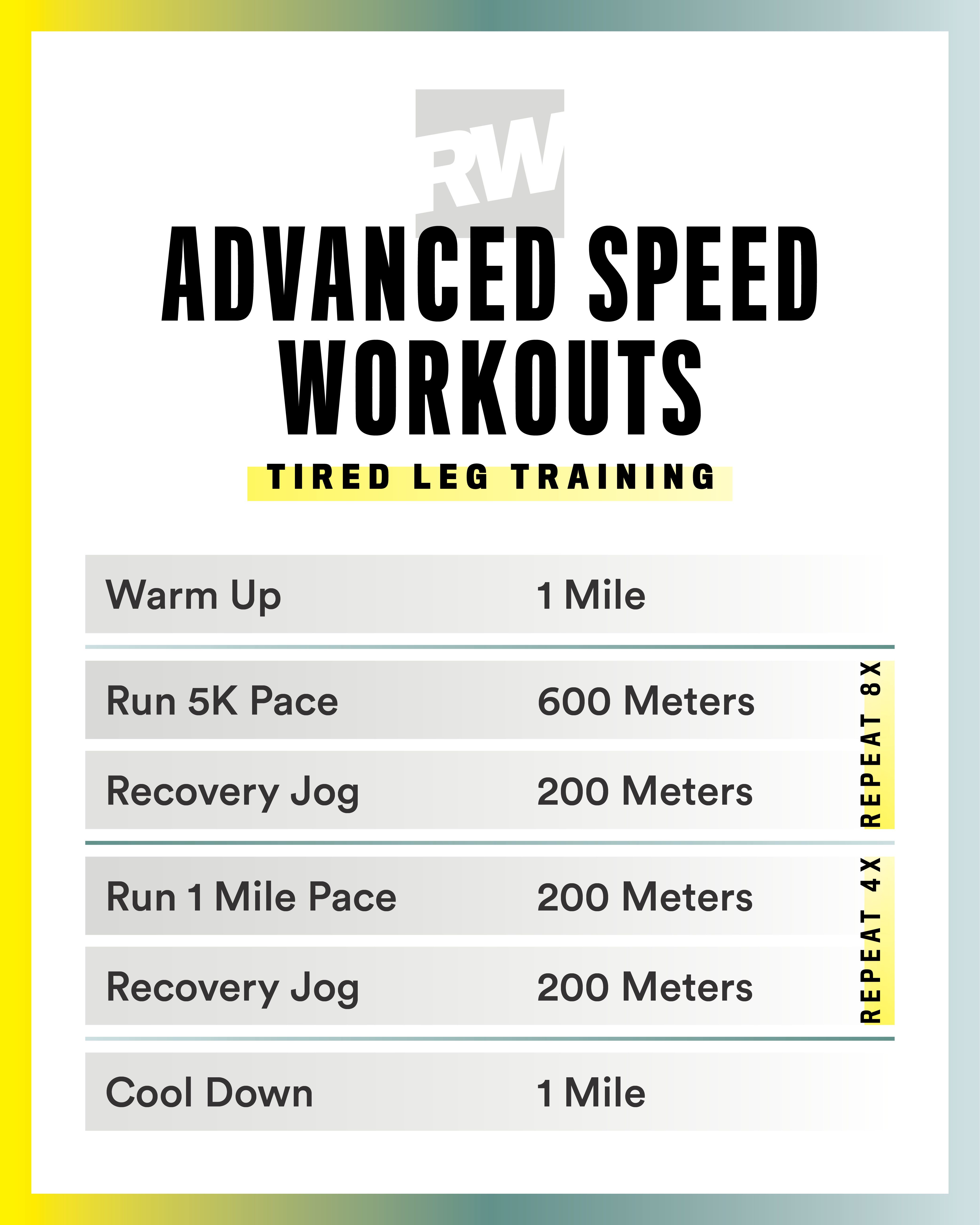Unleash Your Prospective: Running Strategy Basics for Peak Performance
Unleash Your Prospective: Running Strategy Basics for Peak Performance
Blog Article
Managing Usual Running Pains: Causes, Solutions, and Prevention
As runners, we frequently come across various pains that can hinder our performance and pleasure of this physical task. From the incapacitating pain of shin splints to the nagging IT band syndrome, these typical running pains can be irritating and demotivating. Understanding the causes behind these conditions is critical in properly addressing them. By discovering the root reasons for these running discomforts, we can uncover targeted options and safety nets to guarantee a smoother and more meeting running experience (my company).
Typical Running Discomfort: Shin Splints
Shin splints, a common running pain, frequently result from overuse or improper shoes throughout physical activity. The recurring tension on the shinbone and the tissues affixing the muscle mass to the bone leads to swelling and pain.
To avoid shin splints, individuals should progressively enhance the strength of their exercises, put on proper footwear with proper arch assistance, and preserve versatility and stamina in the muscle mass surrounding the shin. If shin splints do happen, initial treatment includes remainder, ice, compression, and elevation (RICE) In addition, including low-impact tasks like swimming or cycling can help maintain cardio physical fitness while permitting the shins to heal. Relentless or severe cases may require medical analysis and physical therapy for reliable administration.
Common Running Pain: IT Band Syndrome
Along with shin splints, an additional common running discomfort that professional athletes usually experience is IT Band Disorder, a condition created by inflammation of the iliotibial band that leaves the outer upper leg and knee. IT Band Syndrome commonly shows up as pain outside of the knee, especially during activities like running or biking. The iliotibial band is a thick band of fascia that links the hip to the shin, and when it becomes swollen or tight, it can scrub versus the thigh bone, resulting in discomfort and discomfort.
Joggers experiencing IT Band Disorder might discover a painful or aching sensation on the external knee, which can get worse with ongoing task. Elements such as overuse, muscle mass discrepancies, improper running form, or insufficient workout can add to the advancement of this condition. To stop and alleviate IT Band Disorder, runners must concentrate on extending and strengthening workouts for the hips and upper legs, appropriate shoes, gradual training development, and dealing with any kind of biomechanical problems that might be intensifying the issue. Neglecting the symptoms of IT Band Syndrome can bring about persistent issues and extended healing times, stressing the relevance of early treatment and appropriate management techniques.
Common Running Discomfort: Plantar Fasciitis

Plantar Fasciitis can be credited to various variables such as overtraining, inappropriate footwear, running on difficult surface areas, or having high arches or flat feet. To stop and relieve Plantar Fasciitis, joggers can integrate extending workouts for the calves and plantar fascia, wear supportive footwear, maintain a healthy and balanced weight to minimize stress on the feet, and gradually increase running intensity to stay clear of sudden stress on the plantar fascia. If signs linger, it is advised to speak with a healthcare specialist for correct diagnosis and treatment choices to resolve the problem efficiently.
Usual Running Pain: Runner's Knee
After attending to the challenges of Plantar Fasciitis, an additional prevalent issue that joggers usually deal with is Runner's Knee, an usual running pain that can hinder athletic performance and cause discomfort during physical activity. Runner's Knee, also recognized as patellofemoral discomfort disorder, manifests as pain around or behind the kneecap. Joggers experiencing this pain may really feel a boring, aching discomfort while running, going up or down stairways, or after prolonged periods of resting.
Common Running Discomfort: Achilles Tendonitis
Commonly afflicting runners, Achilles Tendonitis is an excruciating problem that impacts the Achilles tendon, causing discomfort and potential restrictions in exercise. The Achilles ligament is a thick band of cells that attaches the calf bone muscular tissues to the heel bone, check over here critical for tasks like running, leaping, and strolling - a fantastic read. Achilles Tendonitis usually creates because of overuse, improper shoes, poor stretching, or abrupt increases in exercise
Symptoms of Achilles Tendonitis include pain and rigidity along the tendon, particularly in the early morning or after periods of lack of exercise, swelling that aggravates with task, and potentially bone spurs in chronic situations. To stop Achilles Tendonitis, it is vital to stretch appropriately before and after running, put on proper footwear with correct assistance, gradually enhance the intensity of workout, and cross-train to reduce repeated stress on the tendon. Therapy may involve remainder, ice, compression, elevation (RICE protocol), physical therapy, orthotics, and in severe cases, surgery. Early intervention and appropriate care are important for taking care of Achilles Tendonitis properly and stopping lasting issues.
Conclusion
:max_bytes(150000):strip_icc()/effective-30-minute-running-workouts-2911891-0927-70272e09ac83449cadb9f1ce51656c0c.jpg)
Report this page